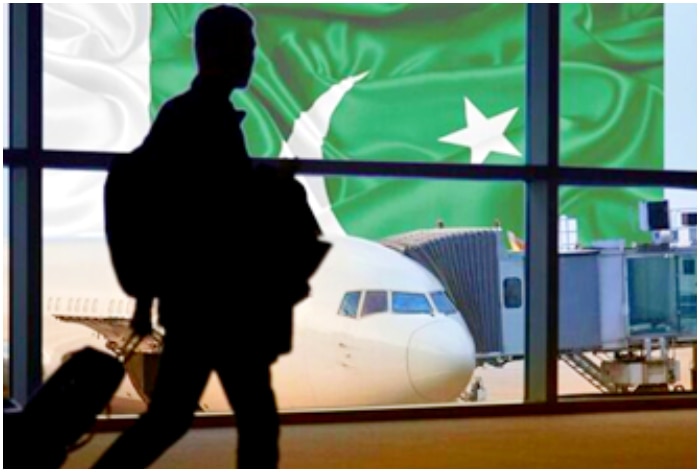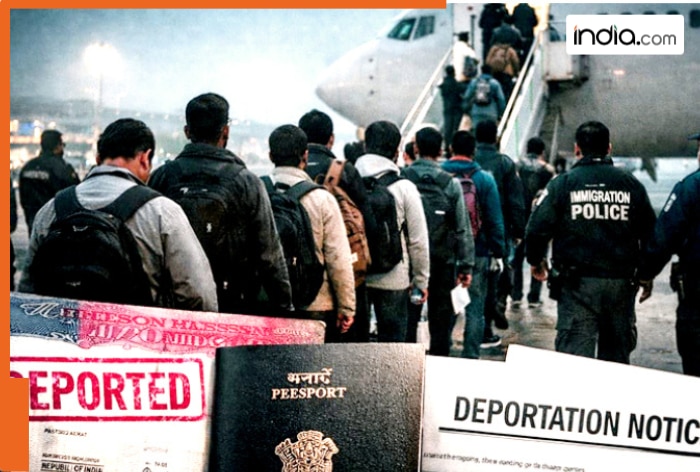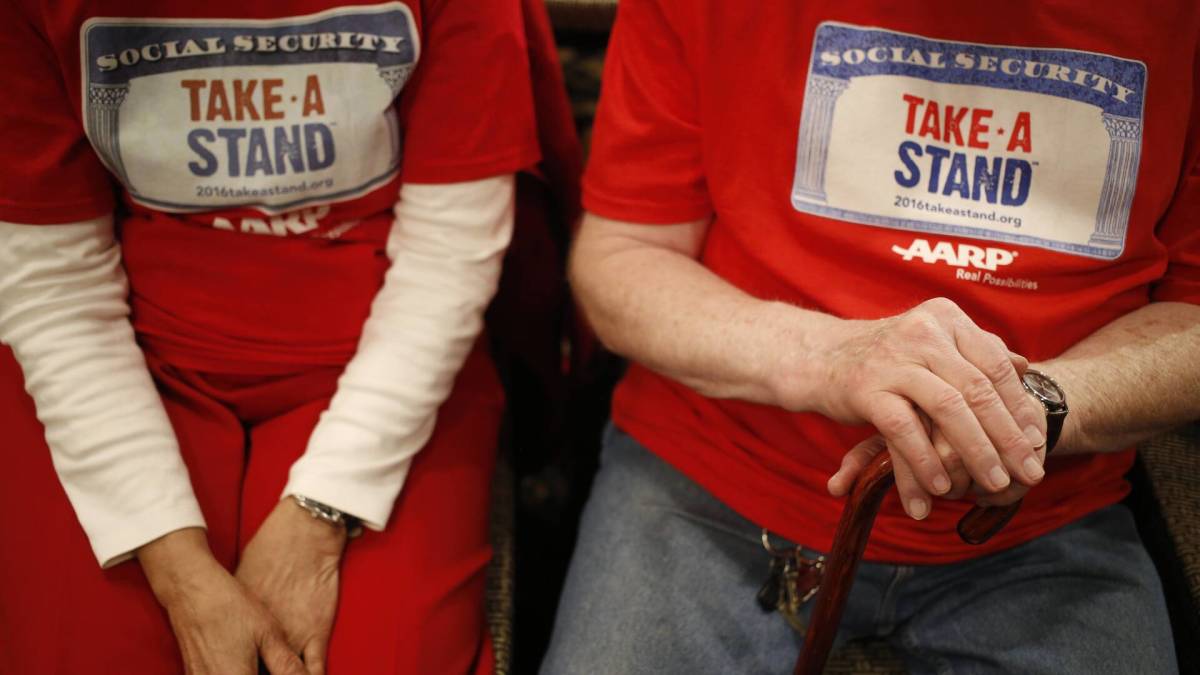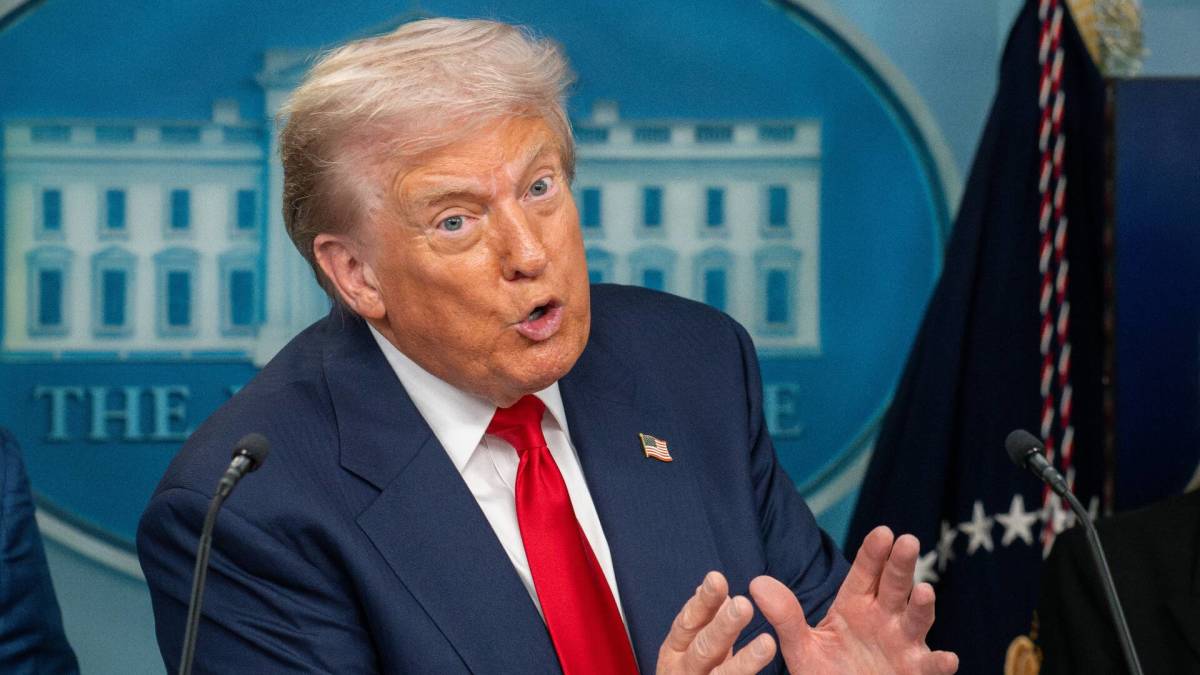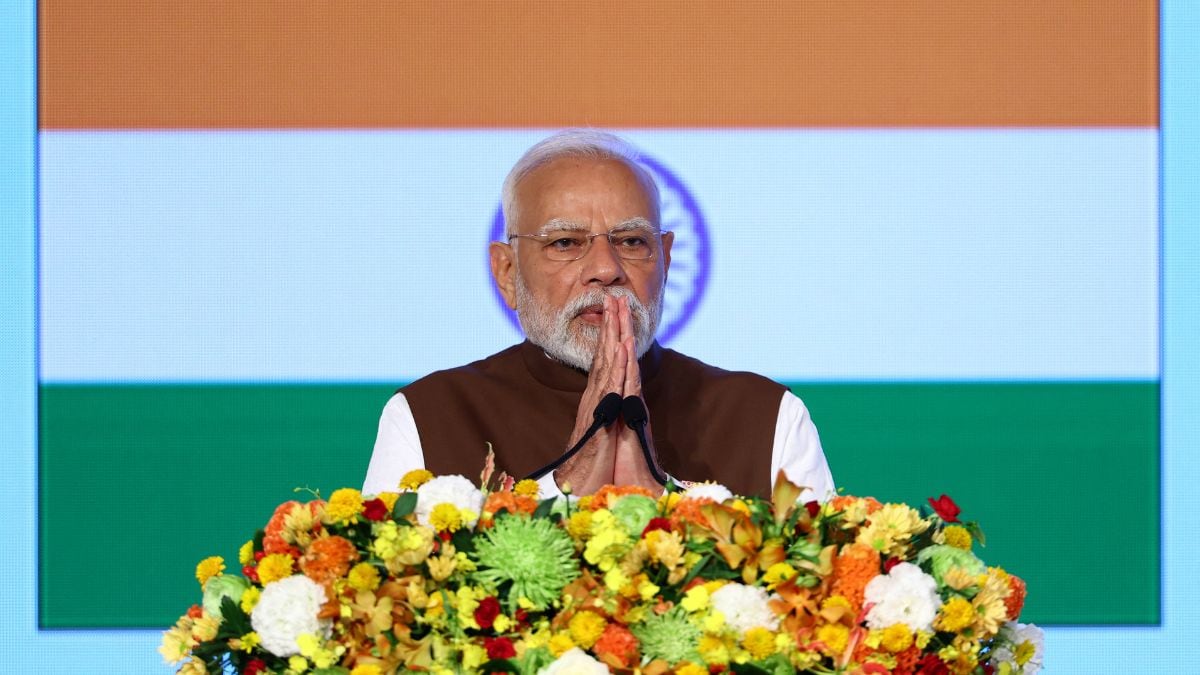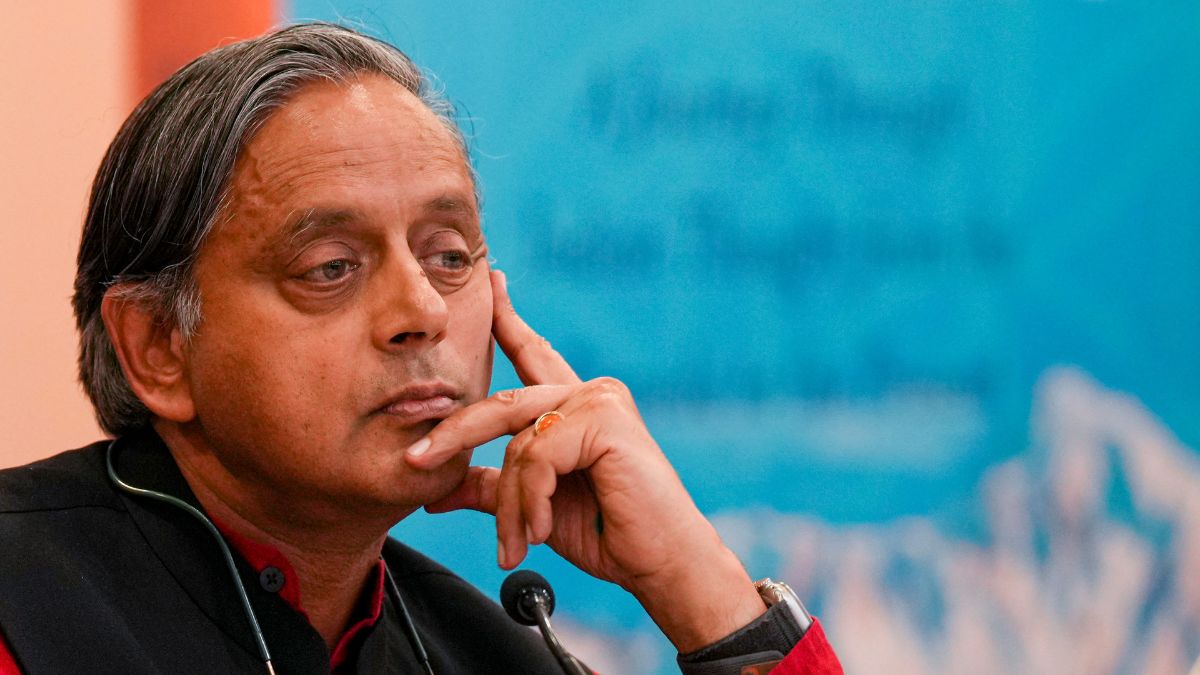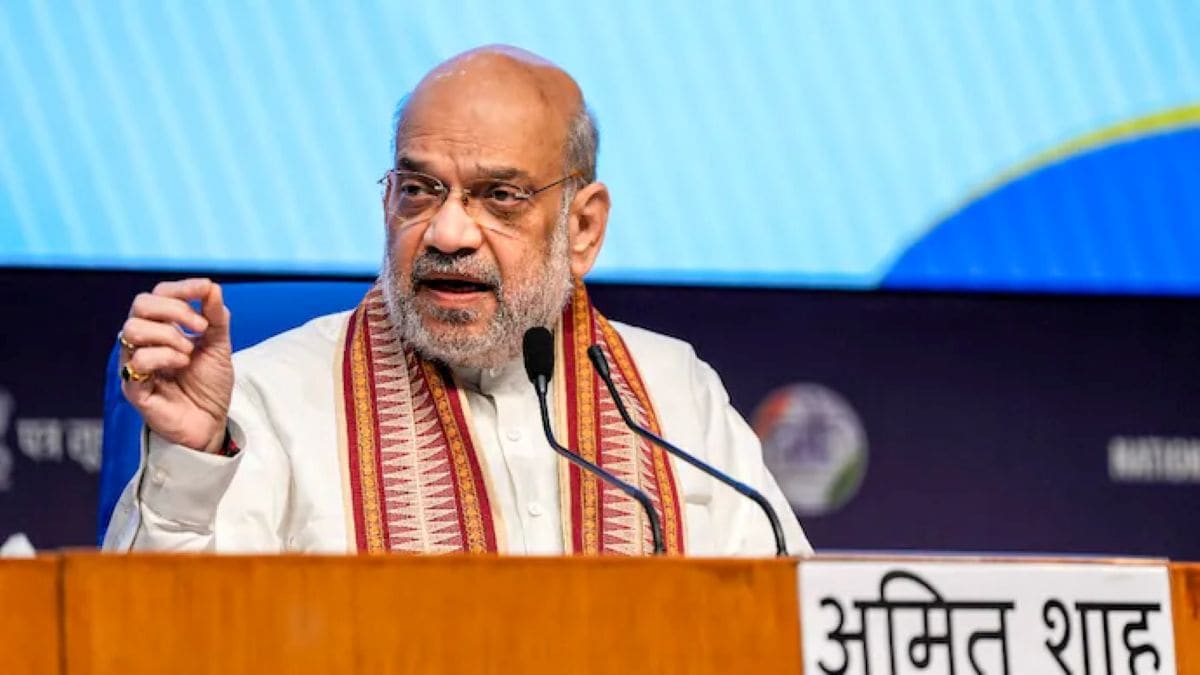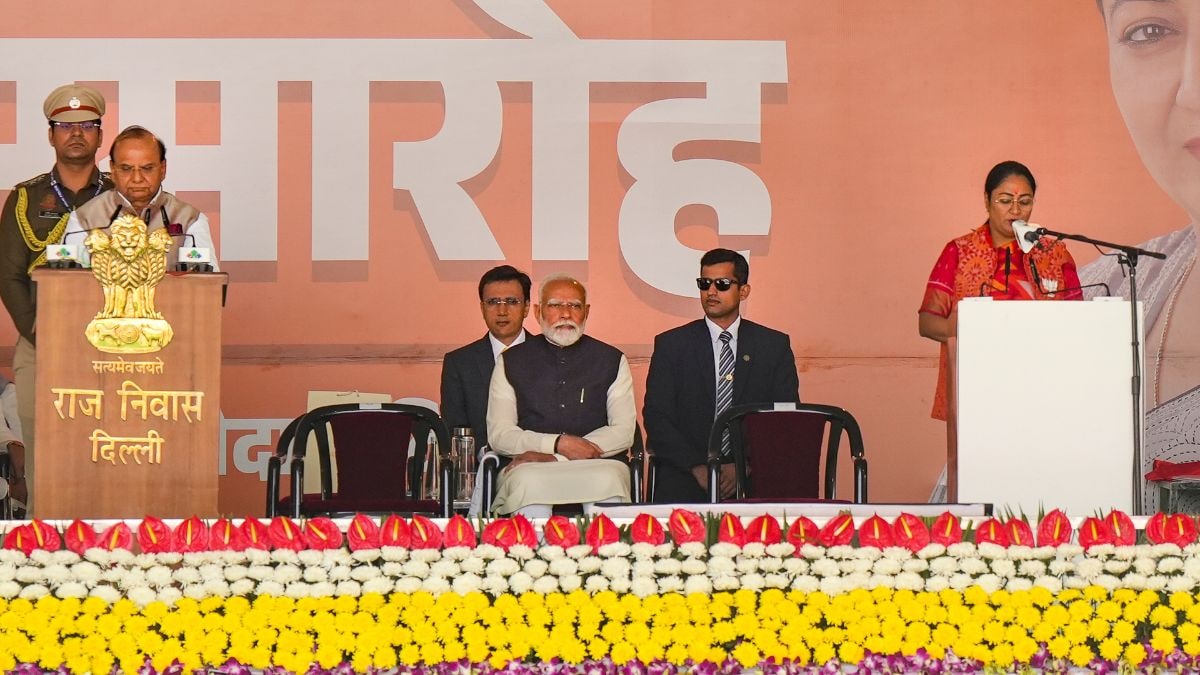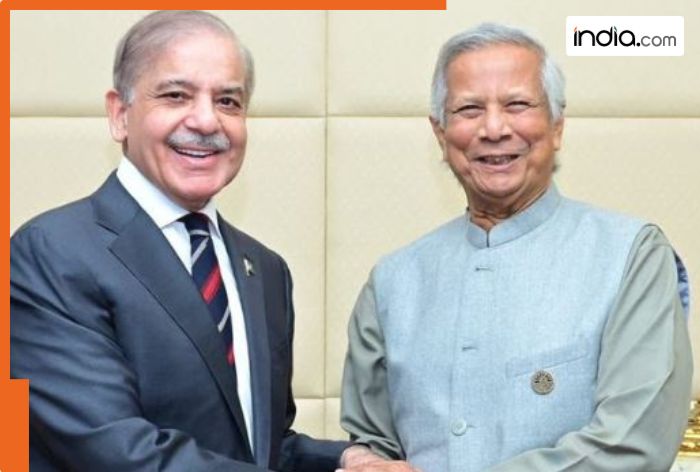The Israeli Strike That Betrayed Trump But Ended the Gaza War
As reported by the WSJ, Trump grew extremely angry and spoke harshly about Netanyahu, saying “He’s cheating me,” according to officials who heard him.
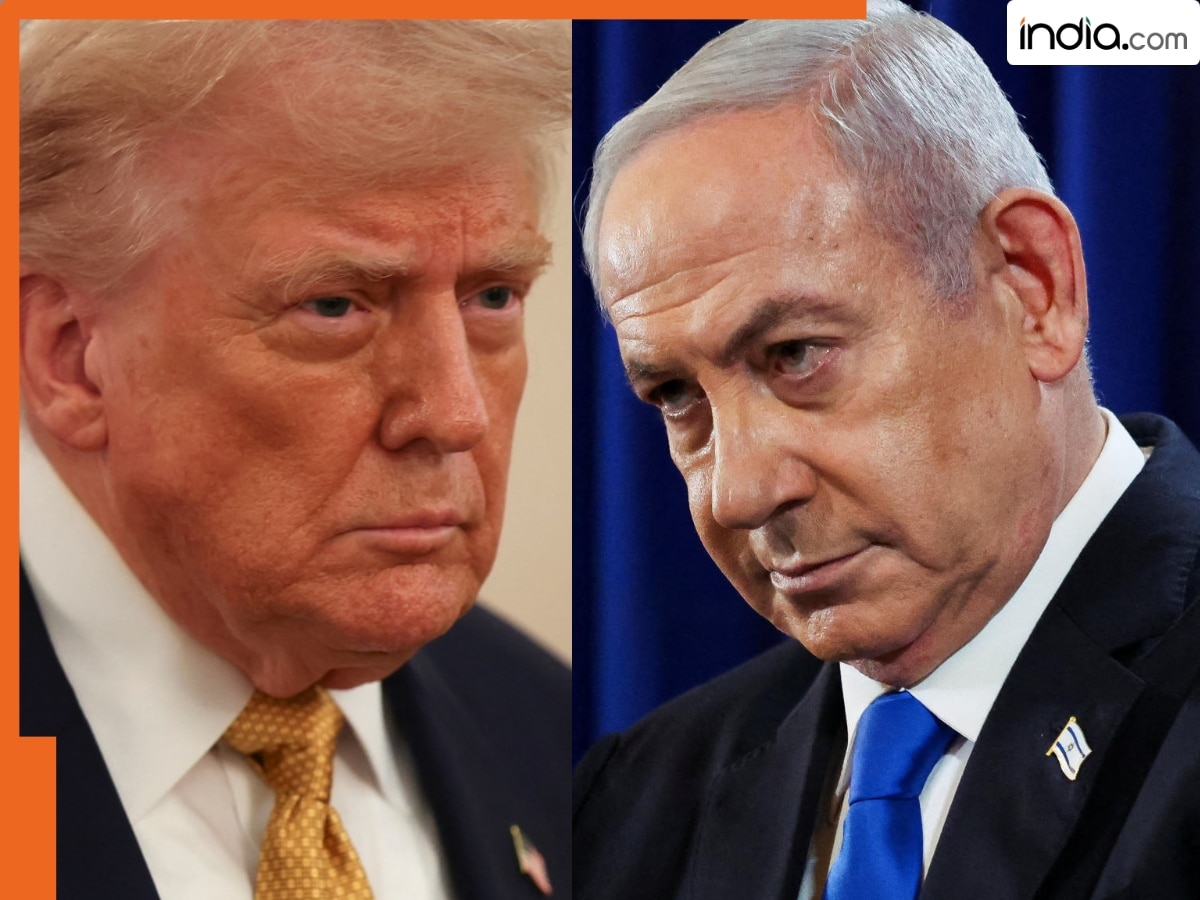
New Delhi: U.S. and Arab mediators had tried for months without success to reach a deal to pause the war in Gaza and free Israeli hostages. In the end, it took another act of war to create the chance for a new, ambitious plan to end the conflict completely.
On September 9, Israeli missiles hit an office in Qatar where Hamas leaders were meeting to discuss Trump’s new ceasefire plan. The attack happened suddenly, with little warning to Trump and none to Qatar, a key U.S. ally.
Qatar and other Gulf countries, who had been key mediators between the U.S., Israel, and Hamas, were angry and demanded Israel fix the situation. Trump and his envoy Steve Witkoff then worried that their peace plan might collapse.
Steve Witkoff is a real estate developer and businessman from the United States. He is also Doland Trump’s special envoy, helping to negotiate peace efforts between Israel and Hamas. Trump decided to use the crisis to his advantage and turn the situation in his favor.
The attack served as a strong warning to Arab countries about the real danger of the conflict spreading across the region, making them more serious about peace efforts. It also strengthened Trump’s position, giving him more control over both a shaken Netanyahu and Hamas leaders, who were now causing trouble for their Arab allies hosting them.
Trump and his team worked even harder. After three weeks of constant talks and meetings with officials from Israel, Qatar, and Saudi Arabia, Trump announced at the White House that he now had a peace plan.
Netanyahu, standing beside Trump, said he accepted the plan and was ready to end the war.
Soon after, many Arab and Muslim leaders also expressed their support for the plan.
Trump called it “one of the greatest days in human history,” showing how important and historic he believed the moment was.
At the heart of the effort were several intense meetings involving Steve Witkoff, Trump’s son-in-law Jared Kushner, Netanyahu’s close aide Ron Dermer, and top officials from Qatar and Saudi Arabia, according to people involved in the talks.
Now, the real challenge begins. The deal created by Trump’s team includes ideas discussed since the early months of the war, but it also has some points that upset many supporters.
Netanyahu strongly opposes any mention of a Palestinian state or any role for the Palestinian Authority, which governs parts of the West Bank.
Hamas refuses to completely give up its weapons and wants stronger guarantees that Israel will withdraw. Arab countries worry the deal is too harsh on Hamas and too weak on creating a Palestinian state, making it hard to convince their people to accept it.
The situation has become a dangerous standoff, where no side wants to reject the plan publicly, even though many secretly know they can’t fully accept it. Trump is moving forward confidently, pretending to believe everyone’s public support, while ignoring their hidden doubts and concerns.
The president is sending Jared Kushner and Steve Witkoff to Egypt in the coming days to finalize the hostage release deal and push the larger peace plan. A senior Israeli team, including Ron Dermer, is also expected to join them soon. This account of how the deal was formed is based on interviews with officials from the White House, the Israeli government, and Arab countries.
The key parts of Trump’s 20-point plan include steps many see as essential for peace — Hamas releasing hostages and giving up control, Israel withdrawing troops, an Arab peacekeeping force ensuring security, and Palestinian experts managing Gaza’s administration.
For months, deep disagreements blocked progress. Hamas refused to release its remaining hostages unless it got a clear guarantee that the war would fully end.
Israel refused to completely withdraw from Gaza until Hamas was fully defeated.
Arab countries were unwilling to send troops, fearing they’d look like occupiers helping Israel, and wanted a promise of a future Palestinian state before joining.
These problems caused months of stalled talks in the spring and summer.
Negotiators kept debating between a full peace deal or a smaller agreement — a temporary ceasefire and hostage release — but made very little progress on either.
Netanyahu took a tough stand in the talks, demanding that Hamas surrender completely and choosing to end the conflict through military force instead of peace talks.
Meanwhile, global concern about the war kept rising.
Israel’s two-and-a-half-month ban on aid to Gaza left the area severely short of food, and experts declared a famine around Gaza City, where about one million Palestinians were taking shelter.
Palestinian health officials said over 60,000 people have been killed in the war, but they did not clarify how many were fighters and how many were civilians.
Israel allowed more food supplies into Gaza but soon announced a big military attack on Gaza City. In response, Germany stopped sending weapons to Israel, and many Western countries said they would recognize Palestine as a state at the UN meeting in late September.
Israel hinted it might take control of the West Bank, an area that forms the core of a future Palestinian state. This idea deeply angered Arab nations, as they see the West Bank’s independence as essential for achieving peace and a two-state solution.
The United Arab Emirates (UAE), a key member of the Abraham Accords, warned that Israel’s plan could endanger Trump’s major foreign policy success — the peace deal that normalized ties between Israel and several Arab nations.
The Abraham Accords were peace agreements signed in 2020 between Israel, the UAE, Bahrain, Morocco, and later Sudan, with the help of the United States. These deals allowed diplomatic, economic, and cultural relations between Israel and Arab nations for the first time in decades, promoting regional peace and trade.
Then came the Doha strike. The White House said that Trump was informed by the U.S. military, which had received only a brief warning from Israel. They realized the target was Doha after space sensors detected the missile launch.
The President told Witkoff to warn Qatar, but the message reached too late — the missiles had already struck.
Witkoff had met with Dermer and Kushner at his Miami home just days before the strike to discuss a peace deal. The Israeli official never mentioned any upcoming attack. When the strike happened, both Witkoff and Kushner were upset — feeling betrayed and disrespected for not being informed about it in advance.
Witkoff later told Dermer, “This is not how a friend behaves,” according to a WSJ report.
As reported by the WSJ, Trump grew extremely angry and spoke harshly about Netanyahu, saying “He’s cheating me,” according to officials who heard him.
America’s Persian Gulf allies became very angry over the attack, feeling it threatened regional peace and trust. What surprised both the White House and Netanyahu was how quickly Arab nations united, forming a rare consensus to stand together against Israel’s actions and demand accountability.
Qatar, like many other Gulf nations, is rich but small and depends on the U.S. for its protection. The attack not only stopped peace talks, but also shattered the region’s trust and weakened its faith in America’s ability to keep them safe.
Qatar ended all contact with Israel, including intelligence sharing, and said it would return to talks only after receiving an apology.
Qatari Prime Minister Mohammed bin Abdulrahman al-Thani went to Washington to meet Vice President JD Vance and Secretary of State Marco Rubio. Later that evening, he had dinner with Trump and Witkoff at Trump Tower in New York.
The U.S. officials were in crisis mode, trying to control the situation. Trump assured the Qatari leader that America had no role in Israel’s attack.
Washington promised to make sure such an attack would never happen again and said it wanted to restart the peace talks.
A few days later, the Qatari Prime Minister called Witkoff with a suggestion. The United Nations General Assembly (UNGA) — an annual meeting in New York where leaders from all countries discuss global issues — was coming soon. He asked if Trump would host a meeting with Arab and Muslim leaders to discuss a new American peace plan for Gaza. Witkoff spoke to Trump, and the President immediately agreed.
Before the meeting, Witkoff, Vance, Rubio, and Kushner had several talks with Trump about their goals. Trump’s main aim was clear — to end the war completely. He wanted no partial deals, no more fighting, no more hostages, and to begin rebuilding Gaza for peace and stability.
Witkoff and Kushner worked together to prepare a proposal to present at the meeting. For months, several peace plans had been discussed — one from the U.S., others from France and Saudi Arabia, and another one designed by former British Prime Minister Tony Blair.
The U.S. team decided to merge the best parts of all the peace plans into one single proposal. What had earlier been a 7-point plan between the U.S. and Israel was expanded into a 21-point peace proposal.
On September 23, Trump led a meeting with Arab and Muslim leaders during the annual U.N. conference to share the peace plan. He repeated his goal of ending the conflict and asked Witkoff to explain the plan. To keep it short, Witkoff summarized the 21 points into 10 main ideas, avoiding detailed explanations.
The Arab and Muslim leaders gave positive remarks about the meeting’s progress. In private, they joined together and wrote down key points they wanted to be included in the peace plan.
Trump assured the Arab leaders that their concerns would be taken seriously. He also promised to pressure Netanyahu, even saying he would stop Israel from taking over the West Bank.
Witkoff and Rubio held multiple meetings with Arab leaders to add their suggestions and ideas into the final version of the peace plan.
Qatar demanded a clear plan to end the war and start a peace process that creates a Palestinian state. Egypt said it would not help secure Gaza unless the Palestinian Authority had a larger role and the plan was approved by a U.N. resolution.
The Arab nations demanded that Israeli troops fully withdraw and that the West Bank not be taken over. They also proposed that Hamas should surrender its weapons instead of destroying them, so it could do so without losing dignity.They left by midweek feeling confident that their efforts had made the desired impact.
Netanyahu was scheduled to meet Trump at the White House on Monday, September 29, and the U.S. team began focusing on convincing Israel to support the plan.
Israel was concerned that the plan might limit its control over Gaza and lead to a Palestinian state. So, it pushed for its own changes, which removed many of the points suggested by the Arab countries.
Witkoff, Kushner, Dermer, and Netanyahu worked through the weekend, moving between Kushner’s apartment, Witkoff’s room, and the Israeli team’s suite at the Loews Regency — a luxury hotel in New York City. Their meetings went on for hours, leaving everyone exhausted.The officials kept moving between floors to discuss new ideas and share updates from their talks with foreign leaders.
Netanyahu canceled several events in New York to focus on the talks. Appearing pale and tired, he said in a video message played at the Jewish News Syndicate summit—a conservative media outlet—that he had wanted to attend in person, but “circumstances have caught up with us,” as reported by the WSJ.
U.A.E. Foreign Minister Sheikh Abdullah Bin Zayed al-Nahyan visited Netanyahu at the Loews Hotel for about an hour and firmly said it was time to end the war.
When the Arab leaders reviewed the final plan, they were shocked to see that many of their suggestions were ignored and new changes were added that they strongly disagreed with.The plan gave no clear timeline for Israeli troop withdrawal, and the mention of creating a Palestinian state had been greatly weakened.
Just before Trump was to announce the plan, the Arab and Muslim nations urged the U.S. to delay it, saying it no longer reflected what they had agreed to support. Despite their request, the President went ahead with the announcement.
“This is more than anyone expected,” Trump said while revealing the 20-point plan with Netanyahu at the White House. He added that the support from Middle Eastern nations and Israel’s neighbors had been truly remarkable.
The Muslim countries agreed to release a joint statement supporting the plan, but they also made it clear that they demanded Israel’s full troop withdrawal and a firm commitment to creating a Palestinian state.
The Arab nations saw a few positives. Trump’s idea to move Palestinians out of Gaza during rebuilding was removed, and their support for the plan could help bring the war to an end.
Trump also persuaded Netanyahu to apologize to Qatar for the strike. “Apologies are good for the soul,” Trump told the Israeli leader, as reported by the WSJ.
U.A.E. leader Sheikh Mohammed bin Zayed al-Nahyan told Al Jazeera that some issues still need clarification, while others must be resolved through discussion and negotiation.
Privately, the U.S. is ready to allow more talks to continue, but publicly, Trump is ignoring the doubts and wants the peace deal finalized quickly.
On Friday night, October 3, Hamas said it accepted Trump’s plan, but added many conditions — like releasing hostages only after the war ends and Israeli troops withdraw. Some Arab negotiators saw these conditions and believed it was actually a rejection of the plan.
Trump wrote on social media that he saw it differently:
“Based on Hamas’s statement, I believe they are ready for lasting peace.”
——–E.O.M
(Girish Linganna is an award-winning science communicator and a Defence, Aerospace & Geopolitical Analyst. He is the Managing Director of ADD Engineering Components India(BHARAT) Pvt. Ltd., a subsidiary of ADD Engineering GmbH, Germany.)
What's Your Reaction?









